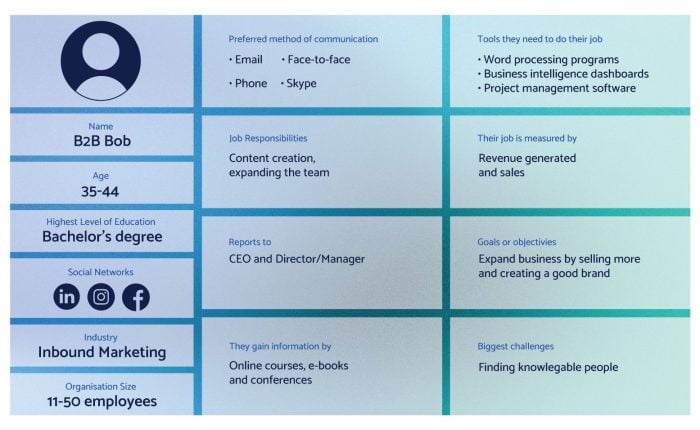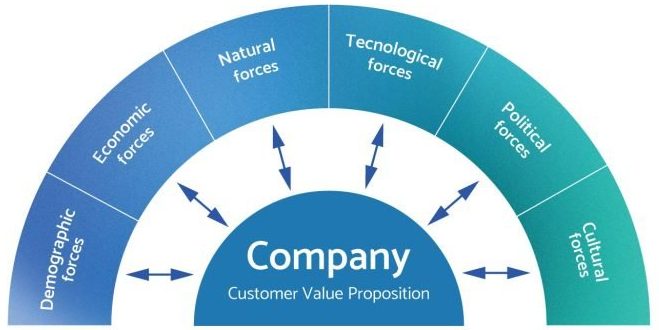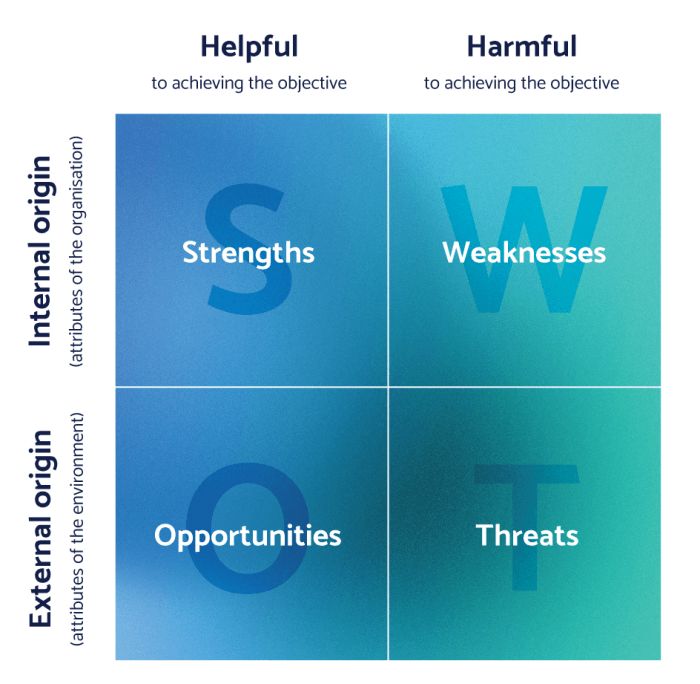The First Move: Effective B2B market landscape analysis
At Move Marketing, we believe that good B2B marketing requires a combination of creativity and strategy. That’s why we developed the 8 Moves of B2B, a marketing framework to inform in depth and well-researched marketing strategies that create real difference for businesses. Designed with our portfolio of industrial, science and technology clients in mind, the 8 Moves of B2B is a comprehensive framework for developing consistently effective marketing strategies that get results.
Over a series of blogs, we will be exploring each of the 8 Moves in quick, bitesize summaries, assessing why they’re so important for creating a marketing strategy. First up is Move 1 – market landscape analysis. Read on to learn more about this first step and how it can inform the rest of your marketing journey.
What is market landscape analysis?
Market landscape analysis is the cornerstone of any marketing strategy, setting the contextual background for the project and informing marketers and clients about what’s happening in the industry. It covers an overview of the company’s current situation, its routes to market, buyer personas, macro environment considerations, and SWOT analysis.
The analysis can be developed using a combination of questions, although some are going to be more relevant than others for each company, depending on their industry, positioning and marketing goals.
Step one: Situation analysis
The situation analysis should be an executive summary of the business, its workings and how its marketing objectives are currently carried out. It serves as top-level context, so there’s no need to get into too much detail. You should be able to cover the basis of the equired information by answering a few questions about the history of the business, its key offering and the market sectors in which it operates. Check out our eBook for a checklist of core questions that can help you flesh out your company overview summary.
Step two: Segmentation and routes to market
For most B2B businesses, the two core segments involved in the route to market are resellers and end users. This is a simplified approach, of course – a range of sectors often interact with further groups such as installers, system integrators or influencers.
Whatever groups are involved in your specific industry’s route to market, it’s important to categorise them and identify their individual requirements. Why do they buy products or services from businesses like yours? What price point have they been used to in recent months or years? Understanding your segments as well as their drivers and expectations is a crucial step in defining a targeted approach to your B2B marketing.
Step three: Creating buyer personas

Once you’ve identified and categorised your routes to market, it’s time to develop buyer personas. These are representative of your ideal customer, based on market research and historical data about your existing customers. Through buyer personas, you can get into the mindset of your target audience and better provide solutions for them.
Surveying your customers can be a great way to gather information on buyer personas, asking questions about their current challenges, purchasing preferences and opinions on your company. Stuck for questions? Our eBook is a great place to start.
Step four: Understanding your macro environment

The macro environment refers to all the external factors that impact decision making, performance, and strategy, but cannot be controlled by your business itself. This analysis (also sometimes referred to as PESTEL analysis) is a useful tool for identifying these factors under the six key parameters: political, economical, social, technological, environmental and legal.
It’s important that the research into your macro environment is thorough and accurate to put you in the best possible position. Don’t just rely on the top few Google search results – market reports, trade publications and other more in-depth perspectives can be helpful in creating the bigger picture. The more widespread your research, the more detailed your understanding of the macro environment will become.
Step five: SWOT analysis

The SWOT (strengths, weaknesses, opportunities and threats) analysis model is widely known throughout a range of industries and is a useful tool for analysing the business environment from a marketing perspective. Through a careful SWOT analysis, marketers can better understand the company’s positioning in the wider market, identifying relevant opportunities and making the most of them.
If done correctly, your SWOT analysis shouldn’t be uncovering a whole host of new information. Your work from the first three stages of your market landscape analysis should inform a large part of your strengths and weaknesses, where the fourth stage should influence your opportunities and threats. The completed SWOT grid should represent a complete overview of the research undertaken throughout the earlier elements of your market landscape analysis, offering the perfect basis on which to grow the rest of your marketing strategy.
What’s next?
Following these five steps should put you in good stead for developing a thorough and high-quality market landscape analysis. However, this is only the beginning. Check out the full 8 Moves of B2B framework in our eBook today to find out more about the next stages, or keep an eye out for more from our blog series.
Want to learn more about how the 8 Moves can help you? Get in touch with us today to find out how we can work together.


